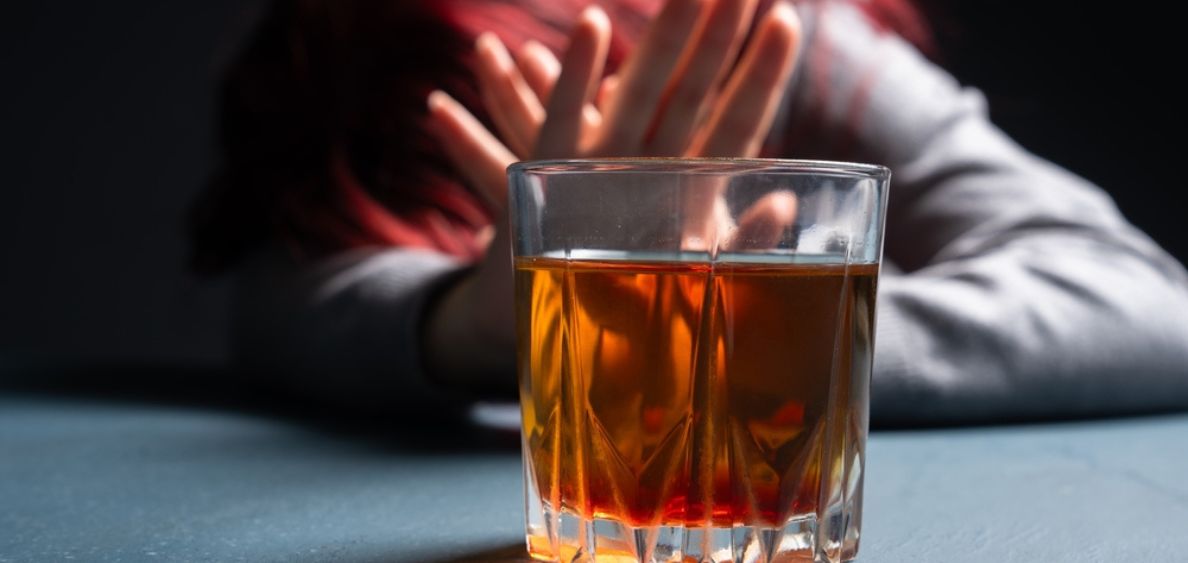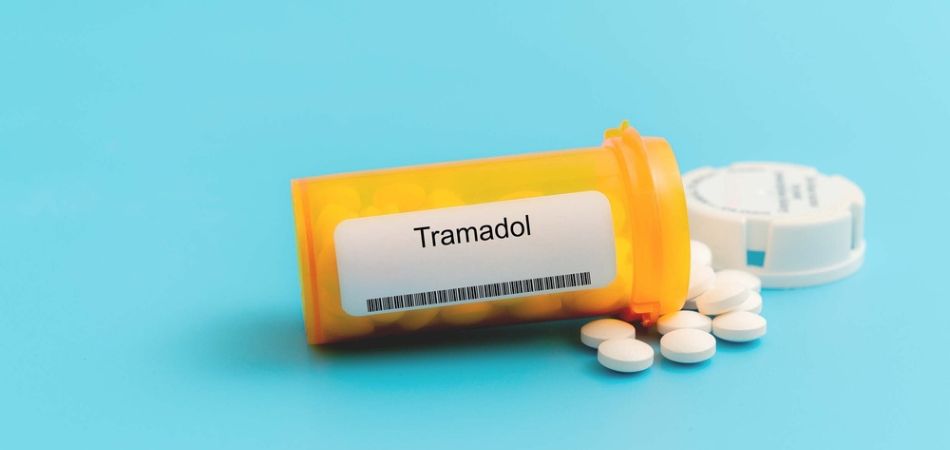Last Updated:
October 23rd, 2025
Alcohol is a common part of many of our lives, and painkillers are usually kept in most homes. Research from the British Journal of General Practice shows that use of stronger opioid painkillers like tramadol is on the rise.
There are risks involved when alcohol and tramadol are mixed that many of us are unaware of. We examine their interaction and the effects on both the body and mind when the two are mixed.
What is tramadol?
Tramadol is a strong painkiller that is used to treat severe pain. Historically, it was used to treat individuals after they underwent serious operations or suffered injuries. Tramadol has several brand names, including Marol, Zydol, Tramulief, Tramquel and Maxitram.
For medical practitioners and surgeons, long-release tablets are sometimes used to treat chronic pain. In England, doctors and GPs can also prescribe tramadol for a person suffering from long-term and severe pain, when weaker painkillers are not enough.
Tramadol is classified in a group of medicines called “opioid analgesics,” which are drugs that alter pain messages sent between the brain and body. They interact with your nervous system, attaching to opioid receptors in the body and providing relief for severe pain.
How does alcohol interact with tramadol in the body?
Most people have drunk alcohol and understand, to an extent, its effects on the body. However, we might not all be aware that many of alcohol’s effects take place in the nervous system, interacting with neurotransmitters in the brain called GABA (Gamma-Aminobutyric Acid) receptors.
Alcohol depresses activity in the brain, which is why many of us experience relaxation and decreased anxiety when we drink. Yet these effects can be morphed and amplified to a dangerous level when they interact with tramadol.
If you have both substances in your system, your central nervous system is compromised, as well as essential parts of the brain that control automatic functions. Their effects can negatively synergise, meaning the result of the two combined is more severe than adding the effects of each singly.
What are the most common side effects when mixing alcohol and tramadol?
Below, we’ll break down the common side effects when the two substances interact, as well as the more severe side effects inherent to larger doses. It is also important to consider the longer-term effects if a person continues to mix the two:
Common and less severe side effects
Some of the most commonly recurring effects in people who have mixed alcohol and tramadol include:
- Stomach upset, vomiting and nausea
- Disorientation and confusion
- Difficulty concentrating for short periods
- Itchiness and skin irritation
- Lightheadedness and dizziness
While some of these effects can be mild, their intensity will amplify when the amount of either substance increases. The compounding results of even a small mixture can be dangerous in daily settings, like operating machinery at work or even leaving a cooking appliance on at home.
More severe side effects
The more of either substance used in the mixture, the greater the likelihood of more serious side effects. Some of the more severe effects include:
- Loss of consciousness: Taking either substance in large doses can put a person in a coma-like state, or make them blackout.
- Respiratory depression: Both alcohol and tramadol will suppress parts of the brain linked to automatic breathing, so when larger amounts of either are taken, breathing can start to slow. Research suggests that in severe cases, breathing may even stop altogether.
- Serotonin toxicity: Both alcohol and opioid painkillers increase serotonin levels in the body. This chemical acts like a messenger between the brain and body and helps to regulate mood, sleep, appetite and many other functions. A drug reaction called “serotonin syndrome” can happen when levels are too high, which can be potentially life-threatening in some cases.
- Seizures: Especially for those who have experienced a seizure before, research shows that opioid painkillers can lower the seizure threshold. In conjunction, alcohol also increases the likelihood of experiencing a seizure.
Long-term effects of combining alcohol and tramadol
Repeatedly mixing alcohol and tramadol over longer periods may impose even more severe outcomes on both the body and mind. Long-term risks of continued mixture include:
- Liver and kidney disease: In metabolising and filtering both substances, the liver and kidneys are put under strain. Abuse of either substance, and especially mixing the two long-term, means you’re more likely to suffer from chronic liver or kidney disease.
- Mental health deterioration: Mental health conditions are more common in people who heavily drink alcohol or mix alcohol with other substances. This can result in episodic depression and severe anxiety, potentially leading to increased suicidal ideation.
- Impairments to memory and cognition: Continued use of both substances will have negative consequences on parts of the brain linked to memory, attention span and emotional regulation. Repeatedly mixing the two may result in a sense of “detachment” and separation from your daily functioning.
- Addiction risk: Both substances carry high risks of addiction, and mixing the two can synergistically raise the likelihood of growing addicted to either one. Drinking more alcohol generally impairs decision-making, so you are more likely to underplay the dangers of taking other drugs while drunk.
How long after taking tramadol should I wait before drinking?
Your prescribed tramadol will contain instructions and warnings about mixing with other substances, so please consult your GP or doctor. They will tell you it is always best to wait until tramadol is out of the system before drinking any alcohol.
The half-life of tramadol is between 6 and 8 hours, meaning that by this time, the concentration of tramadol in the blood is reduced by half. Then, it is believed that 4 to 5 half-lives are needed before tramadol is effectively flushed out of the body. This would be between 30 and 40 hours after taking tramadol. You should ask your prescriber whether you have short-acting or long-acting tramadol, as a larger window may be needed to clear it from your system.
Recognising the signs of overdose when mixing the two
If you’re with someone who has ingested a large amount of both substances, you may be worried to see them enter a potential state of overdose. First, look for these signs:
- Seizure
- Very slow or shallow breathing
- Blue tints to extremities like fingertips and lips
- A loss of consciousness
If you’re in the UK, contacting emergency services by dialling 999 is imperative for their safety.
The person on the phone may try to assist you before an ambulance arrives. They may ask you to clear the person’s airways and give them “rescue breathing.” They’ll also ask you to stay with the person until help arrives. If the person’s temperature drops, give them something warmer to keep heat in. When the ambulance arrives, you can help by telling them what you know about the person, or how much of either substance they’ve had.
Witnessing someone overdose can be terrifying, and it is always best to avoid overdose by not mixing the two substances. Professional treatment may be the best option for those struggling with an addiction to either substance.
I need help breaking free from a substance addiction
The risks of mixing alcohol and tramadol are severe, and having an addiction to either substance can make life feel unmanageable. Getting outside help may be the turning point that saves a life.
At UKAT, we specialise in addiction treatment with care. We use evidence-based therapies to help address and reframe the drivers of addictive behaviour. One phone call may be all it takes to step into a brighter, sober tomorrow. Reach out to us today.
(Click here to see works cited)
- Mordecai, Luke, et al. “Patterns of Regional Variation of Opioid Prescribing in Primary Care in England: A Retrospective Observational Study.” British Journal of General Practice, British Journal of General Practice, 1 Mar. 2018, bjgp.org/content/68/668/e225/.
- NHS Choices, NHS, www.nhs.uk/medicines/tramadol/about-tramadol
- “Gamma-Aminobutyric Acid (GABA): Overview, Uses, Side Effects, Precautions, Interactions, Dosing and Reviews.” WebMD, WebMD, www.webmd.com/vitamins/ai/ingredientmono-464/gamma-aminobutyric-acid-gaba
- “Harmful Interactions.” National Institute on Alcohol Abuse and Alcoholism, U.S. Department of Health and Human Services, www.niaaa.nih.gov/publications/brochures-and-fact-sheets/harmful-interactions-mixing-alcohol-with-medicines.
- Simon LV, Torrico TJ, Keenaghan M. Serotonin Syndrome. [Updated 2024 Mar 2]. In: StatPearls [Internet]. Treasure Island (FL): StatPearls Publishing; 2025 Jan-. Available from: https://www.ncbi.nlm.nih.gov/books/NBK482377/
- Drugs That Lower the Seizure Threshold, openaccess.sgul.ac.uk/108264/1/Hitchings – Drugs that lower the seizure threshold – Author final version.pdf
- “How Long Does Tramadol Stay in Your System?” Drugs.Com, www.drugs.com/medical-answers/long-tramadol-stay-system-3555994
- Goyal A, Sciammarella JC, Cusick AS, et al. Cardiopulmonary Resuscitation. [Updated 2023 May 29]. In: StatPearls [Internet]. Treasure Island (FL): StatPearls Publishing; 2025 Jan-. Available from: https://www.ncbi.nlm.nih.gov/books/NBK470402/





